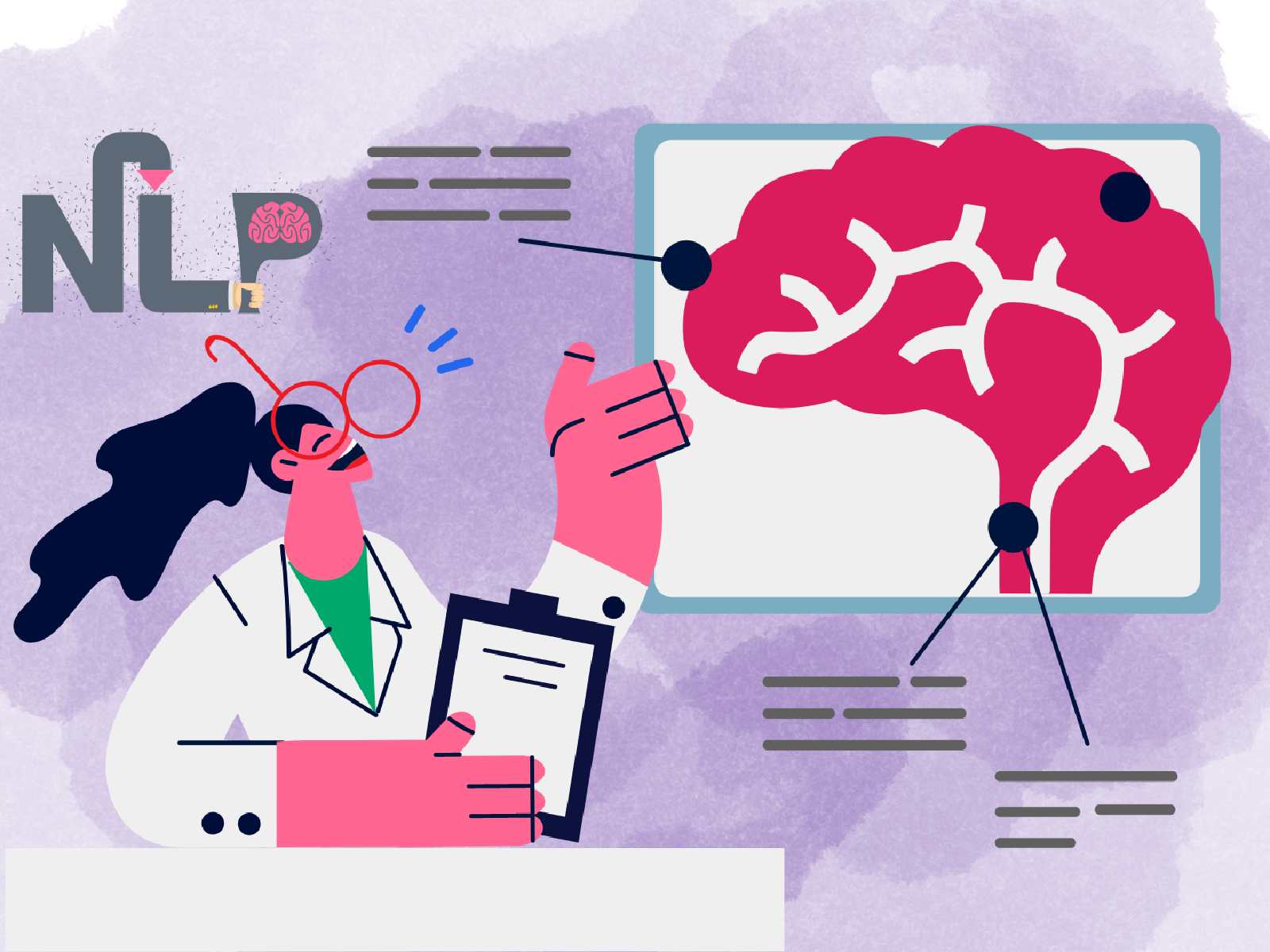
3100
In the context of Neuro-Linguistic Programming (NLP), anchoring refers to a technique used to associat a specific stimulus or trigger with a desired state or emotion.
It involves creating a link between an external sensory stimulus (anchor) and a particular internal emotional or mental state.
Anchoring can be a powerful tool in NLP for managing and transforming emotions, including in the treatment of depression.
Here is a general method for anchoring in NLP:
Identify the desired state: Determine the positive emotional or mental state you want to associate with the anchor. It could be a state of confidence, happiness, motivation, or any other resourceful state. Choose an anchor: Select a specific sensory stimulus that will serve as the anchor. This could be a touch, a specific gesture, a word or phrase, or even a visualization. The key is to make it distinct and easily reproducible.
Elicit the desired state: Recall a memory or imagine a situation where you experienced the desired state strongly. Fully immerse yourself in the experience, allowing the emotions and sensations to intensify.
Apply the anchor: At the peak of the desired state, apply the anchor by intentionally introducing the chosen sensory stimulus. For example, if the anchor is a touch, you might touch your thumb and index finger together.
Break state: After a few seconds, break the connection with the anchor and release the intense emotional or mental state. You can do this by shifting your focus or engaging in a different activity.
Test and reinforce: Repeat the process multiple times, testing the anchor’s effectiveness each time. Activate the anchor and observe if it elicits the desired state. If necessary, adjust the intensity or type of anchor until you achieve the desired results consistently.
In the treatment of depression using anchoring in NLP, the technique can be adapted in various ways: Anchoring positive states: Create anchors for positive emotions such as joy, gratitude, or peace. Activate these anchors whenever depressive symptoms arise, allowing the positive state to counteract negative emotions and thoughts.
Resource anchors: Establish anchors associated with personal strengths or empowering beliefs. Use these anchors during challenging situations or moments of self-doubt to access inner resources and build resilience.
Future pacing: Imagine a future scenario where you have overcome depression and achieved your desired mental state. Create an anchor during this visualization to link the positive emotions and a sense of hope to a specific cue. Activate the anchor regularly to reinforce the belief in a positive future and enhance motivation.
Remember that NLP techniques, including anchoring, can be effective tools, but they should be used as part of a comprehensive approach to treating depression. It is essential to seek professional guidance from a qualified mental health practitioner who can provide personalized support and integrate various therapeutic interventions for a holistic treatment plan.
- Identify The Desired State
- Choose the Anchor
- Elicit the desired state
- Apply the Anchor
- Break State
- Test & Reinforce
- Anchoring Positive States
- Resource Anchors
- Future Pacing
Identify the desired state: Determine the positive emotional or mental state you want to associate with the anchor. It could be a state of confidence, happiness, motivation, or any other resourceful state. Choose an anchor: Select a specific sensory stimulus that will serve as the anchor. This could be a touch, a specific gesture, a word or phrase, or even a visualization. The key is to make it distinct and easily reproducible.
Elicit the desired state: Recall a memory or imagine a situation where you experienced the desired state strongly. Fully immerse yourself in the experience, allowing the emotions and sensations to intensify.
Apply the anchor: At the peak of the desired state, apply the anchor by intentionally introducing the chosen sensory stimulus. For example, if the anchor is a touch, you might touch your thumb and index finger together.
Break state: After a few seconds, break the connection with the anchor and release the intense emotional or mental state. You can do this by shifting your focus or engaging in a different activity.
Test and reinforce: Repeat the process multiple times, testing the anchor’s effectiveness each time. Activate the anchor and observe if it elicits the desired state. If necessary, adjust the intensity or type of anchor until you achieve the desired results consistently.
In the treatment of depression using anchoring in NLP, the technique can be adapted in various ways: Anchoring positive states: Create anchors for positive emotions such as joy, gratitude, or peace. Activate these anchors whenever depressive symptoms arise, allowing the positive state to counteract negative emotions and thoughts.
Resource anchors: Establish anchors associated with personal strengths or empowering beliefs. Use these anchors during challenging situations or moments of self-doubt to access inner resources and build resilience.
Future pacing: Imagine a future scenario where you have overcome depression and achieved your desired mental state. Create an anchor during this visualization to link the positive emotions and a sense of hope to a specific cue. Activate the anchor regularly to reinforce the belief in a positive future and enhance motivation.
Remember that NLP techniques, including anchoring, can be effective tools, but they should be used as part of a comprehensive approach to treating depression. It is essential to seek professional guidance from a qualified mental health practitioner who can provide personalized support and integrate various therapeutic interventions for a holistic treatment plan.